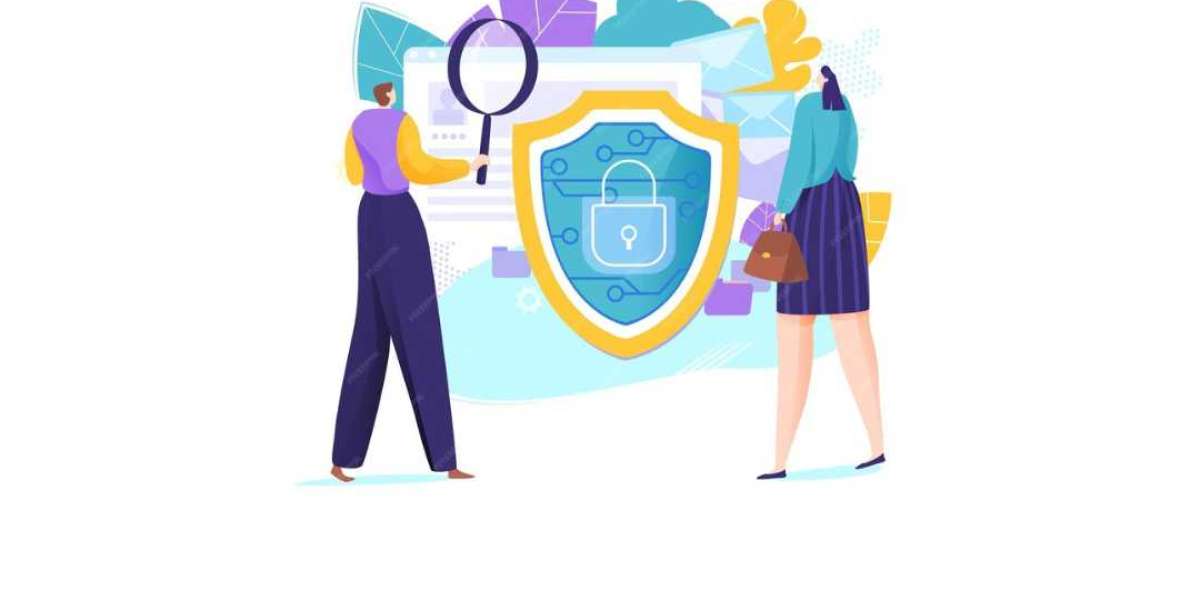Introduction
In the digital age, businesses are increasingly turning to carve-outs as a strategic approach to manage and modernize legacy systems. However, ensuring compliance and security during these transitions is paramount. Carve-outs involve separating a portion of a company’s operations, data, and systems, which can introduce significant risks if not managed properly. This blog delves into the critical aspects of maintaining compliance and security in carve-outs to protect legacy systems.
The Importance of Regulatory Compliance in Carve-Outs
Regulatory compliance is a fundamental consideration in any carve-out project, especially when dealing with legacy systems that might not be up-to-date with current standards. Different industries have specific regulations governing data handling, storage, and transfer. For example, healthcare organizations must comply with HIPAA, while financial institutions must adhere to GDPR and other data protection regulations.
To ensure compliance, businesses must conduct thorough audits of their legacy systems to identify and address any gaps. This involves mapping out data flows, understanding regulatory requirements, and implementing necessary controls. Regular compliance checks throughout the carve-out process can help in identifying and mitigating risks early, ensuring that the new system environment adheres to all relevant regulations.
Implementing Robust Security Measures
Security is a critical concern in carve-outs, as the process often involves handling sensitive and proprietary data. Legacy systems are particularly vulnerable to security threats due to outdated technology and potential lack of recent security updates. Therefore, implementing robust security measures is essential to protect data integrity and prevent breaches.
Key security practices include data encryption, both in transit and at rest, to safeguard sensitive information. Additionally, access controls and identity management systems should be enforced to ensure that only authorized personnel can access critical data and systems. Regular security assessments and penetration testing can identify vulnerabilities, allowing businesses to strengthen their defenses before, during, and after the carve-out process.
Ensuring Data Integrity and Accuracy
Data integrity and accuracy are crucial during carve-outs, as any inconsistencies or errors can lead to significant operational disruptions and compliance issues. Legacy systems often contain vast amounts of data accumulated over many years, which can include redundant, outdated, or incorrect information.
To maintain data integrity, businesses should employ data validation techniques and automated tools to clean and standardize data before migration. Establishing a comprehensive data governance framework can also help in maintaining data quality, ensuring that the migrated data is accurate, consistent, and compliant with regulatory standards. Continuous monitoring and validation throughout the carve-out process can further ensure data integrity.
Managing Change and Mitigating Risks
Carve-outs inherently involve significant changes to an organization’s IT infrastructure, which can pose various risks. Effective change management is essential to navigate these risks and ensure a smooth transition. This includes detailed planning, stakeholder communication, and training to prepare employees for new processes and systems.
Risk mitigation strategies should include contingency planning and disaster recovery solutions to address potential failures or breaches. By having a clear response plan, businesses can quickly react to any issues that arise, minimizing the impact on operations and ensuring continuity.
Conclusion
Ensuring compliance and security in carve-outs is crucial to protecting legacy systems and maintaining business integrity. By focusing on regulatory compliance, implementing robust security measures, ensuring data integrity, and managing change effectively, organizations can navigate the complexities of carve-outs with confidence. As businesses continue to rely on carve-outs to modernize their IT infrastructure, prioritizing these aspects will be key to achieving successful and secure transitions. Embracing best practices in compliance and security not only protects legacy systems but also paves the way for a resilient and future-ready IT environment.







